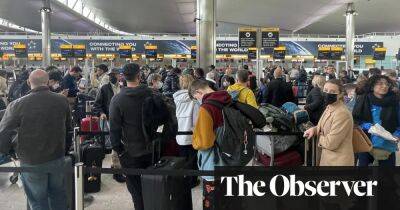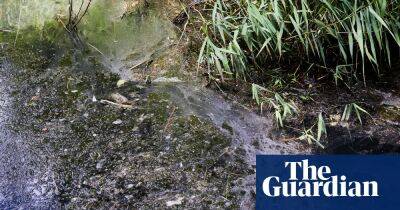The Guardian view on Dutch farmer protests: a European test case
U ntil relatively recently, Dutch farming prowess was hailed as one of the wonders of the global economy. In 2017, a National Geographic article headlined “This tiny country feeds the world” encapsulated a sense of national pride at the Netherlands’ status as the second-biggest exporter of agricultural products by value behind the United States.
These days, Dutch farmers are in the headlines for less upbeat reasons. As the climate emergency and a related biodiversity crisis belatedly take centre stage in policymaking, the prime minister, Mark Rutte, has committed to halving the country’s overall nitrogen emissions by 2030. A large proportion of these are generated by the manure and urine produced by more than 100m cattle, pigs and chickens. To reach the target, and protect biodiversity in the polluted countryside, the government has announced plans to reduce livestock numbers by a third. Reluctant farmers have been warned they could be subject to compulsory buyouts.
That, at least, is the policy. Turning it into a reality is proving a challenge. As other European countries also look to overhaul their agriculture sectors, Dutch farms have become a test case in navigating the vital politics of the green transition. Last week, protesting farmers confronted the finance minister, Sigrid Kaag, with burning torches. Tractors have blockaded roads, and slurry has been dumped at the home of the minister for nature, Christianne van der Wal. Meanwhile, the far right has successfully co-opted the farmers’ cause, and promoted a toxic conspiracy theory that targeted farmland is being sequestrated in order to build homes for asylum seekers.
The intimidation tactics used by elements of the farmers’ protest movement have been rightly
Read more on theguardian.com




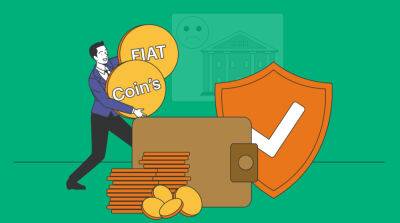
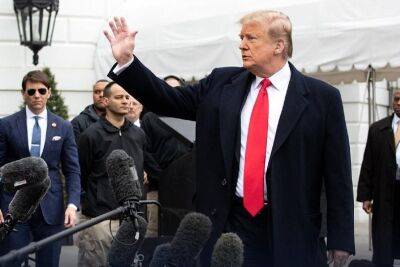

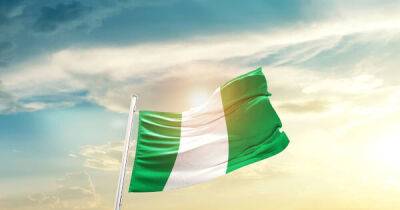


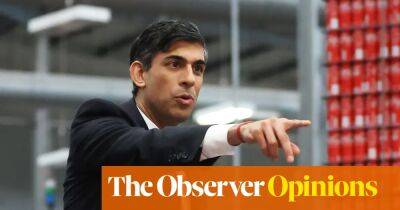
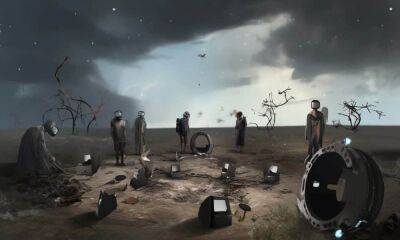


![What is driving Trader Joe’s [JOE] recent surge in DEX trading volume? - ambcrypto.com](https://finance-news.co/storage/thumbs_400/img/2023/4/2/62551_qsdez.jpg)



